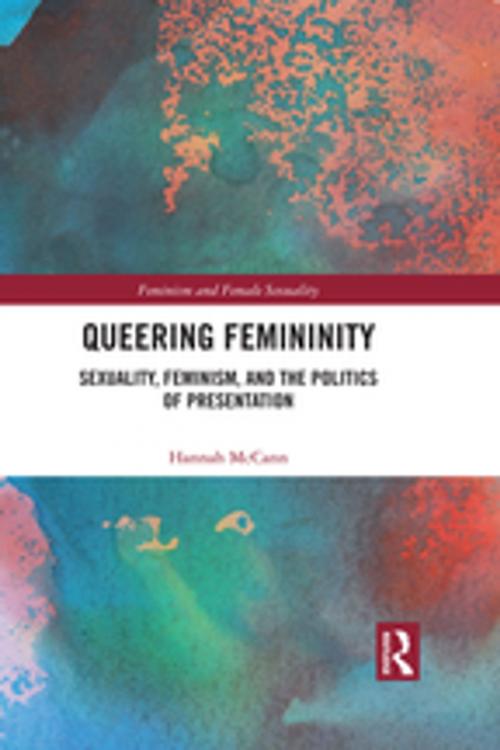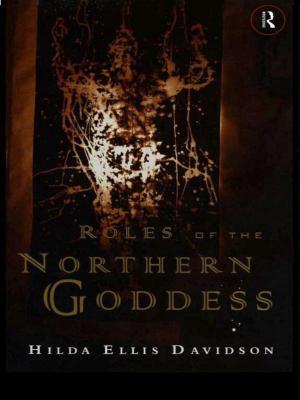Queering Femininity
Sexuality, Feminism and the Politics of Presentation
Nonfiction, Social & Cultural Studies, Social Science, Gender Studies| Author: | Hannah McCann | ISBN: | 9781351717267 |
| Publisher: | Taylor and Francis | Publication: | December 4, 2017 |
| Imprint: | Routledge | Language: | English |
| Author: | Hannah McCann |
| ISBN: | 9781351717267 |
| Publisher: | Taylor and Francis |
| Publication: | December 4, 2017 |
| Imprint: | Routledge |
| Language: | English |
Queering Femininity focuses on femininity as a style of gender presentation and asks how (and whether) it can be refigured as a creative and queer style of the body. Drawing on a range of feminist texts and interviews with self-identifying queer femmes from the LGBTQ community, Hannah McCann argues that the tendency to evaluate femininity as only either oppressive or empowering limits our understanding of its possibilities. She considers the dynamic aspects of feminine embodiment that cannot simply be understood in terms of gender normativity and negotiates a path between understanding both the attachments people hold to particular gender identities and styles, and recognising the punitive realities of dominant gender norms and expectations. Topics covered range from second wave feminist critiques of beauty culture, to the importance of hair in queer femme presentation.
This book offers students and researchers of Gender, Queer and Sexuality Studies a fresh new take on the often troubled relationship between feminism and femininity, a critical but generous reading that highlights the potential for an affirmative orientation that is not confined by the demands of identity politics.
Queering Femininity focuses on femininity as a style of gender presentation and asks how (and whether) it can be refigured as a creative and queer style of the body. Drawing on a range of feminist texts and interviews with self-identifying queer femmes from the LGBTQ community, Hannah McCann argues that the tendency to evaluate femininity as only either oppressive or empowering limits our understanding of its possibilities. She considers the dynamic aspects of feminine embodiment that cannot simply be understood in terms of gender normativity and negotiates a path between understanding both the attachments people hold to particular gender identities and styles, and recognising the punitive realities of dominant gender norms and expectations. Topics covered range from second wave feminist critiques of beauty culture, to the importance of hair in queer femme presentation.
This book offers students and researchers of Gender, Queer and Sexuality Studies a fresh new take on the often troubled relationship between feminism and femininity, a critical but generous reading that highlights the potential for an affirmative orientation that is not confined by the demands of identity politics.















